How to Grow Hot Peppers: Tips for a Bountiful and Spicy Harvest
At that place are so many kinds of peppers to grow and taste, it's time to think exterior the jalapeno-shaped box! Learn how to grow hot peppers in your garden this year.
It'southward hard to notice much diversity in hot peppers at the store: jalapenos, maybe some poblanos and non much else. That'south why it's time to explore and grow your own gorgeous hot peppers, from some that are but a piffling spicy to others that are the hottest on Earth. Here'south how to grow hot peppers, and how to cull the best types for your garden.
What Hot Peppers Should I Grow?

The beautiful thing that people forget almost hot peppers is that there are and then many varieties, and gardeners have lots of options to grow the spiciness they prefer. The best way to narrow down which hot pepper to grow is to come across where they fall on the Scoville rut units (SHU) scale.
The amount of capsaicin, the compound that makes peppers hot, determines how many Scoville rut units a pepper has and where it ranks on the scale. Some examples: sweet bell peppers are at the very lesser, with zippo Scoville oestrus units, jalapenos are 2,500-8,000 SHUs, and the earth'southward hottest pepper, the Carolina Reaper, can achieve two.two million SHUs.
- Hottest peppers: In addition to the Carolina Reaper, endeavour Scotch bonnets, which are used in Jamaican dishes, as well every bit ghost peppers, habaneros and Thai chili peppers. Burpee has a new, fiery pepper for 2022 named the Armageddon that can exist harvested sooner than Carolina Reaper, but still has a volcanic i.3 1000000 SHUs.
- Medium hot peppers: These include ancho, serrano, heirloom fish peppers, Hungarian wax, hot lemon, cayenne and tabasco. These medium-range hot peppers volition give a potent hit of spiciness for salsas, hot sauces, stir fries and stews. Another new hot pepper from Burpee is named Existent Deal. It has the fruity flavor of habanero pepper (which you've peradventure never experienced considering of the intense estrus). Just Existent Bargain is milder than typical habaneros, so you can taste the unique flavor without every bit much suffering.
- Mild peppers: Good choices for mild hot peppers are jalapenos (they range betwixt mild and medium heat), poblanos, pepperoncini, shishitos, cascabel and cubanelles. These less intense hot peppers are great for eating fresh in salsas and other dishes, or to stuff, fry or pickle.
Starting from Seed vs. Buying Seedlings

At that place are good reasons to grow your hot peppers from seed. For one, there are endless varieties of hot pepper seeds to choose from, including heirloom and organic types, or peppers bred for early harvesting. Because some hot peppers can take 100 days or more to reach maturity, starting seeds indoors gives growers a caput starting time, particularly in cooler regions.
The challenge is that hot peppers tin can be tricky to showtime from seed, equally they need a lot of warmth and moisture, and fifty-fifty then seeds can neglect to germinate. Buying seedlings or young plants from a nursery is always an option, though y'all won't accept as wide a variety to select from.
To start seeds indoors, plant them i/iv-inch deep in seed starting soil. Continue the pots in the warmest location possible, around 75° F, or utilise a heat mat like this to help. Keep the soil moist until the seeds germinate, which could take xiv days or more. Two weeks after the last frost engagement, start to harden off the seedlings. This means moving the plants outside to a sheltered spot where they can slowly acclimate. So, after a few days, you lot tin transplant them into the garden.
Where to Plant

Hot pepper plants need a location that gets half-dozen to 8 hours of full sun per day. The soil must drain well and so that no water will pool around the roots, and should have organic matter or compost worked in before the plants are added.
Burpee recommends covering the planting area with night, plastic mulch for near a week before plants go in—this will warm up the soil, which will brand your pepper plants very happy. Space the plants at least 12 inches autonomously.
How to Care for Hot Peppers
- Watering: One time your hot pepper plants are transplanted and settled, information technology'southward important to go along the soil moist. Water them consistently through the summer, and use mulch around the base of plants to limit evaporation.
- Don't overfertilize: Too much fertilizer on your hot pepper plants will greatly reduce the number of peppers they produce. Instead, amend the soil earlier planting with compost or organic material. Epsom salts also seem to help pepper plants and tin be sprinkled over the soil or diluted in water and sprayed on the plants.
- Remove the first flowers: This may audio foreign, but gardeners say pinching back the first gear up of flowers on hot pepper plants allows the plant to grow stronger, and gear up more fruit throughout the season.
- Check plants regularly: Though hot pepper plants are relatively easy to grow, beginning vegetable gardeners make the mistake of ignoring plants once they're in the basis. Bank check your plants ofttimes for pests, signs of stress or disease, and to remove weeds.
Tools Yous'll Need
Tips for Growing & Harvesting Hot Peppers

Keep kids and pets away
They're hot peppers of form, then the oils in the peppers can burn skin and eyes, and volition exist very unpleasant for unsuspecting kids and animals. Found your hot peppers in an surface area that children and pets won't become into them, or place fencing around the plants. While the capsaicin in hot peppers isn't lethal for pets, information technology can cause gastrointestinal issues, too equally beingness painful if eaten.
Label the plants
Hot peppers can be planted with other vegetables, flowers or herbs (as function of a lovely edible landscape). Only be sure to label your pepper plants, so you and anyone else visiting your garden knows what's what. It would be awful to reach for a sweet snacking pepper only to take a bite and realize (too late!) that it's a habanero!
Harvest with gloves
The color of your peppers will tell you when you can harvest them. Many hot peppers tin can be harvested earlier they're mature (yet green). Or yous can wait until peppers mature, which depending on the type is when they're red, yellow, orangish, royal or brown. Mature peppers can exist strung into ristras and hung to dry.
To protect your skin from the hot pepper burn, wear gardening gloves to harvest and handle them. Don't pull the peppers from the plants (this could tear and damage stems), instead cut them with scissors or gardening shears.
How to Get Super Spicy Hot Peppers

Hot peppers are already pretty spicy, just you may actually be able to brand them fifty-fifty hotter.
I way is to hold back on watering the plants. And yes—nosotros did simply tell you that peppers need consistent watering! However, waiting longer between waterings, which stresses the plant, seems to increase the rut of peppers that are just beginning to set.
Another way to get hotter peppers is to leave them on the plants for as long equally possible earlier harvesting. Fully mature peppers are much spicier than those picked when they're withal green. An example: jalapenos that are fully ripened and brilliant red are the key ingredient in fiery sriracha sauce.
Finally, put lots of space between your sweet pepper and hot pepper plants. Cantankerous-pollination happens hands between the two, and gardeners have reported that hot peppers from cantankerous-pollinated flowers are less spicy.
Chili Pepper Recipes to Make with Your Harvest
Source: https://www.tasteofhome.com/article/how-to-grow-hot-peppers/



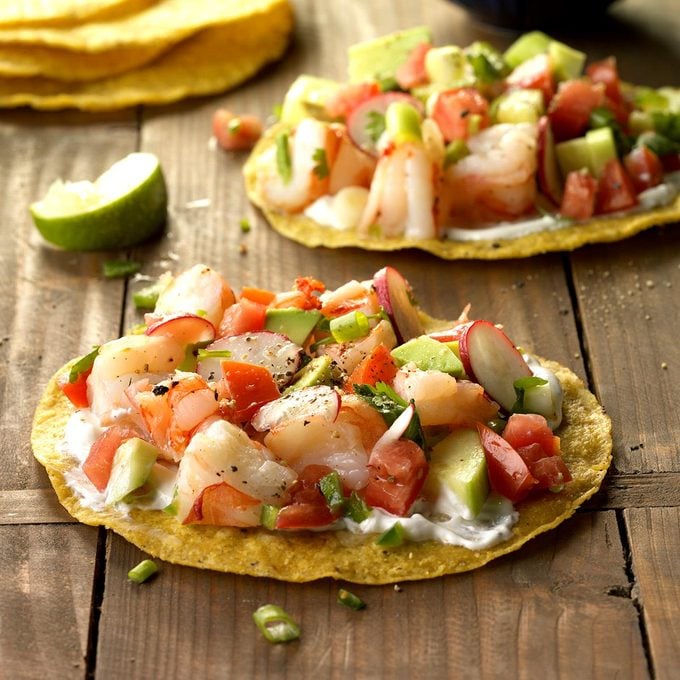
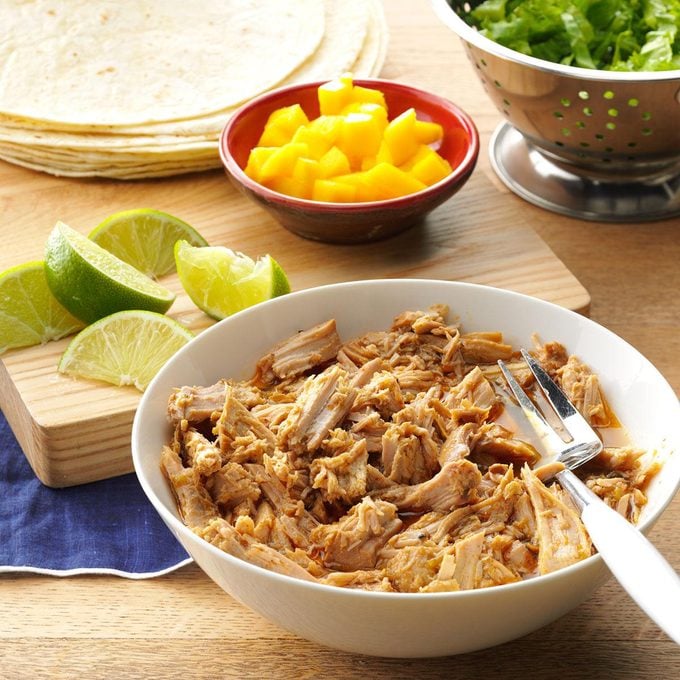
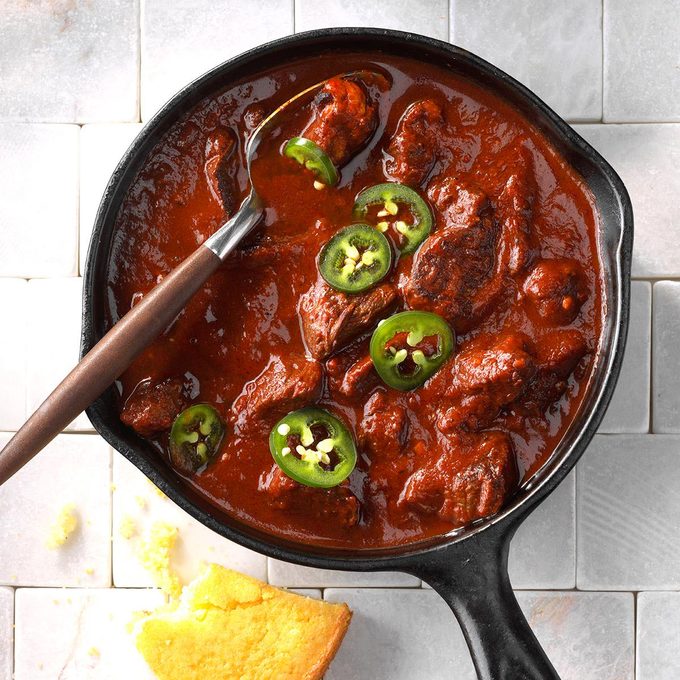
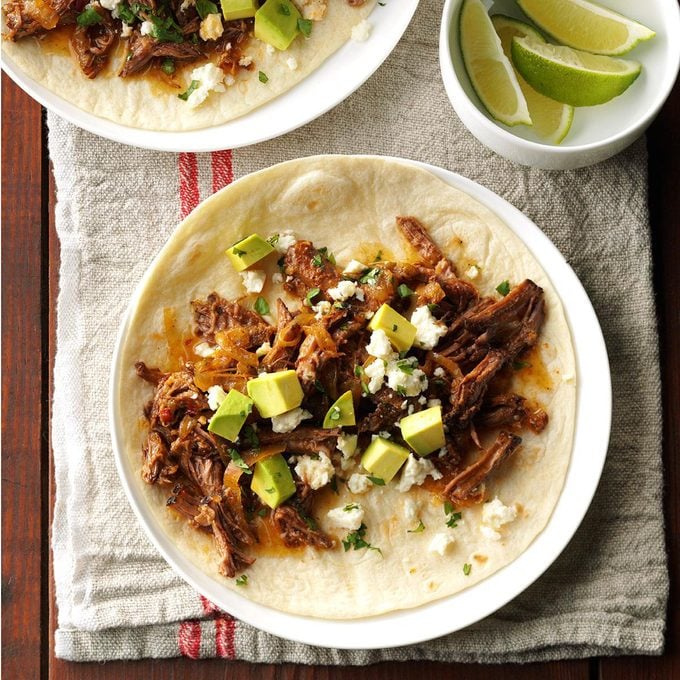
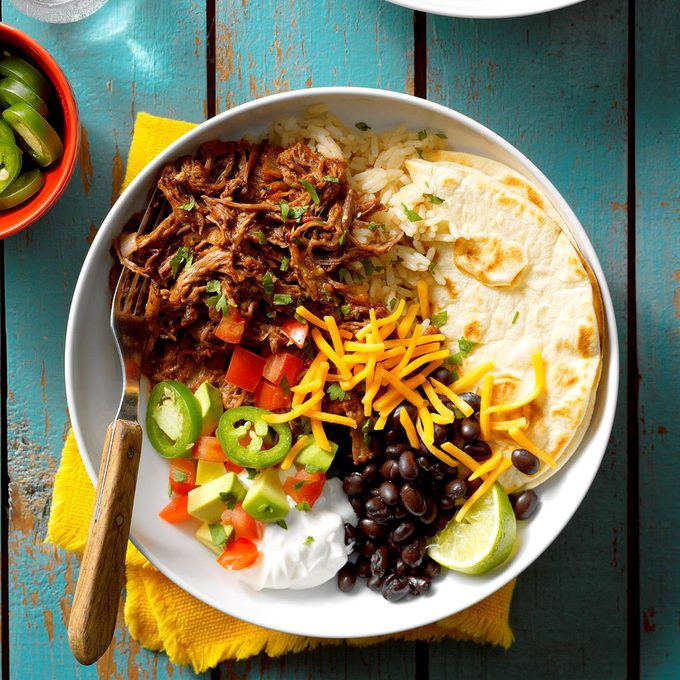
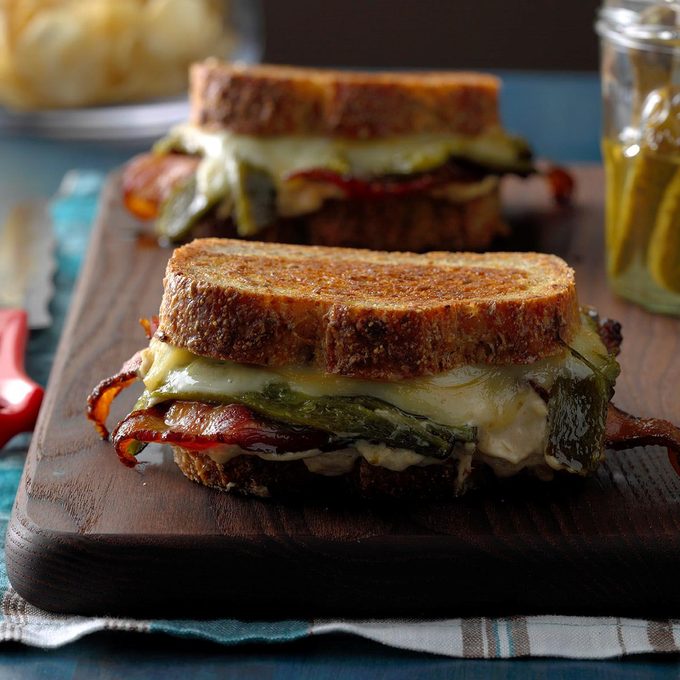






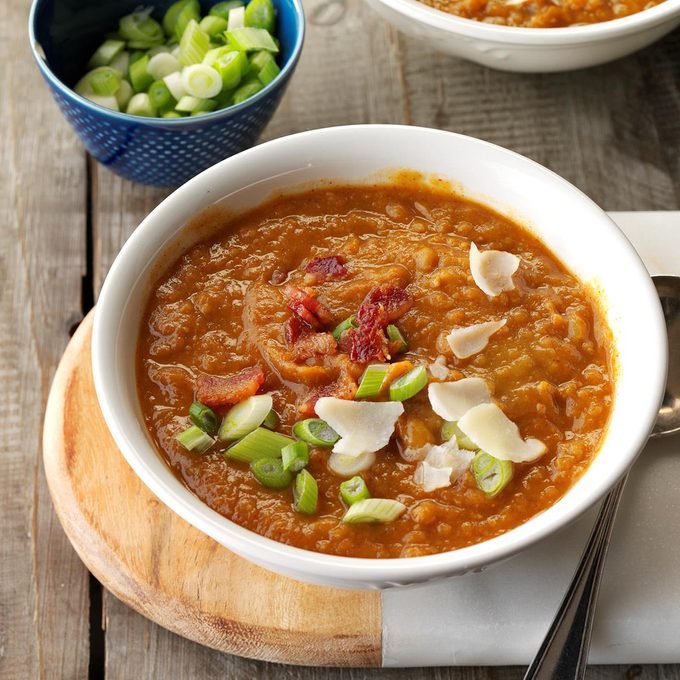
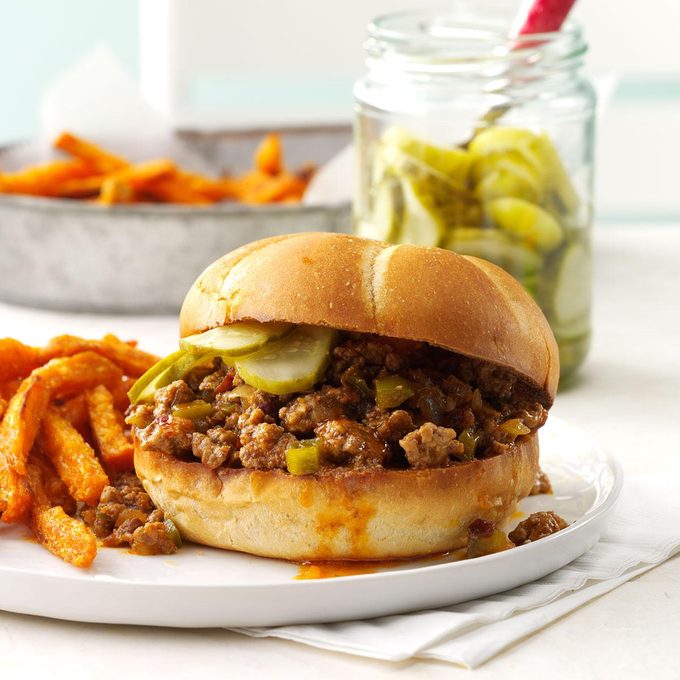
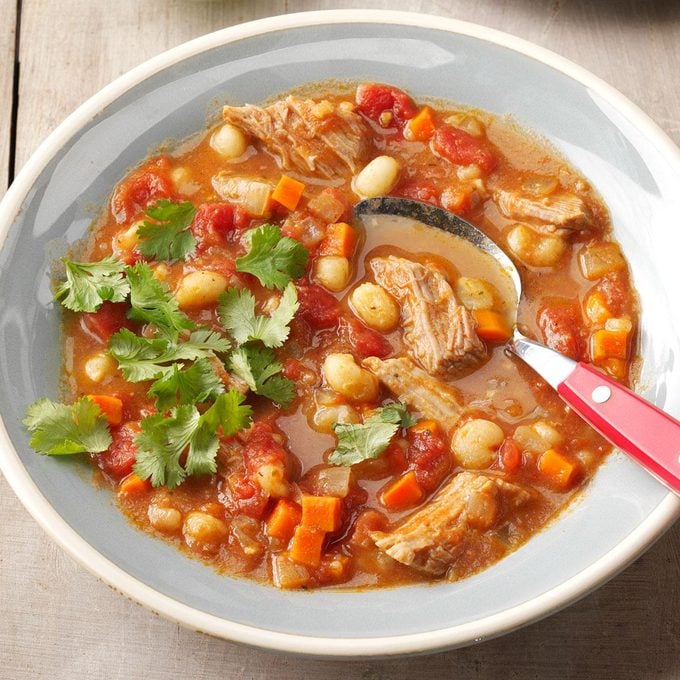
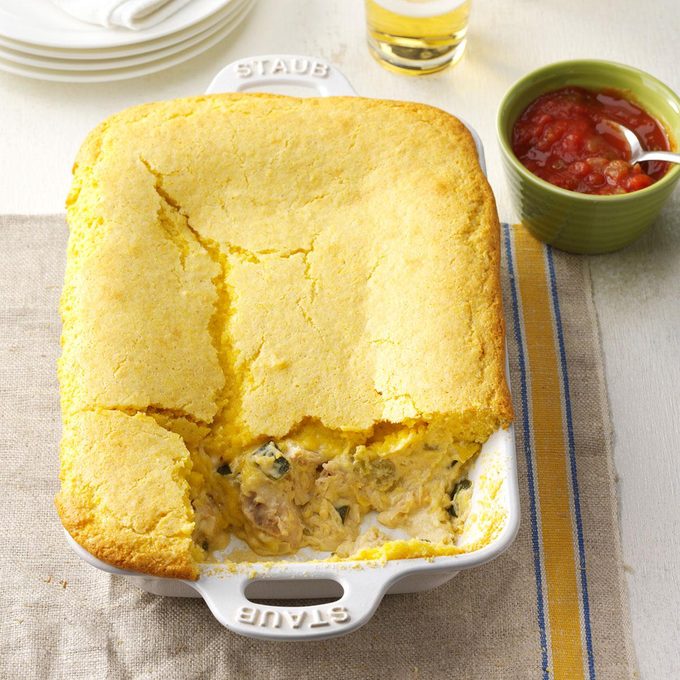
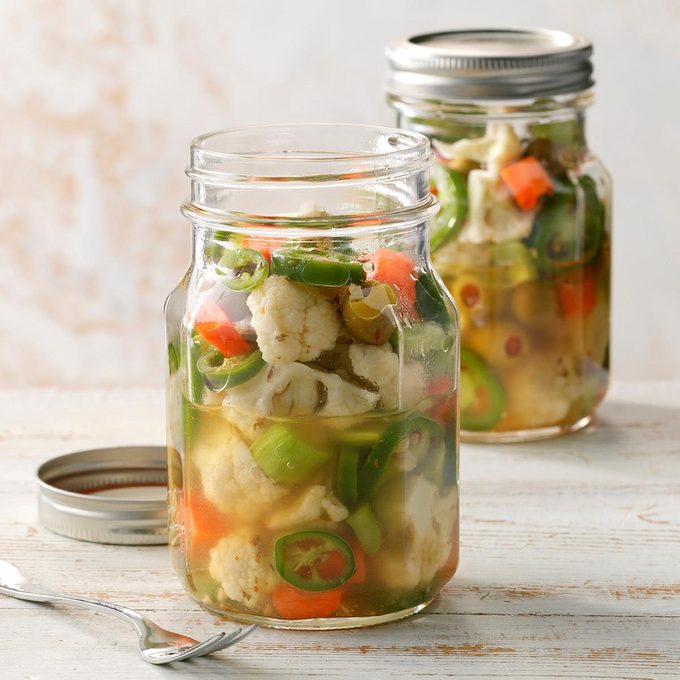
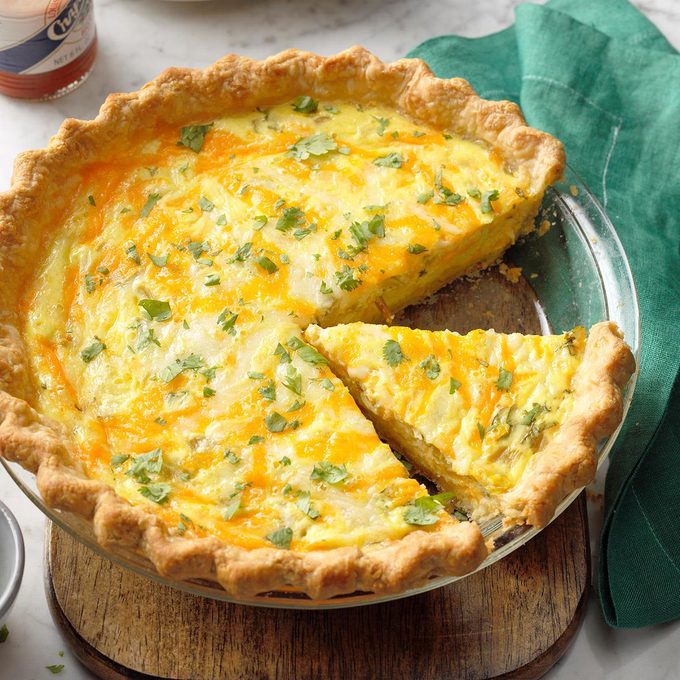
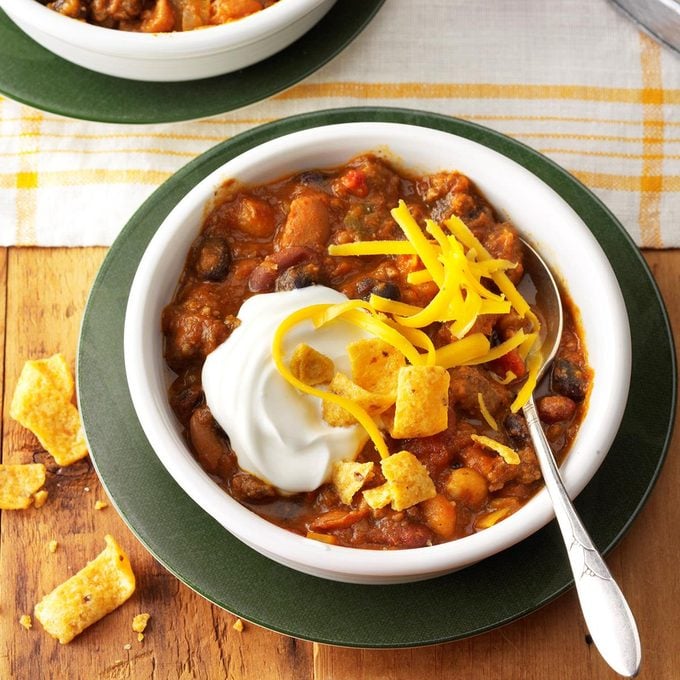


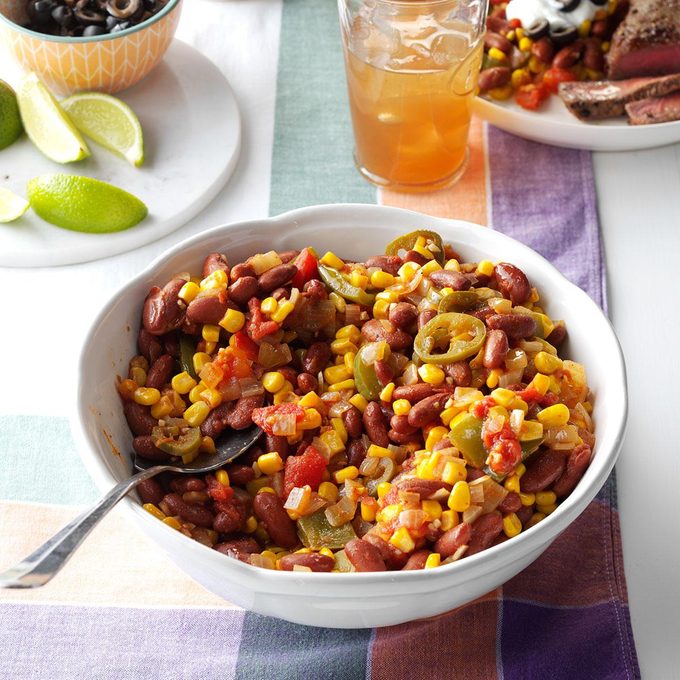



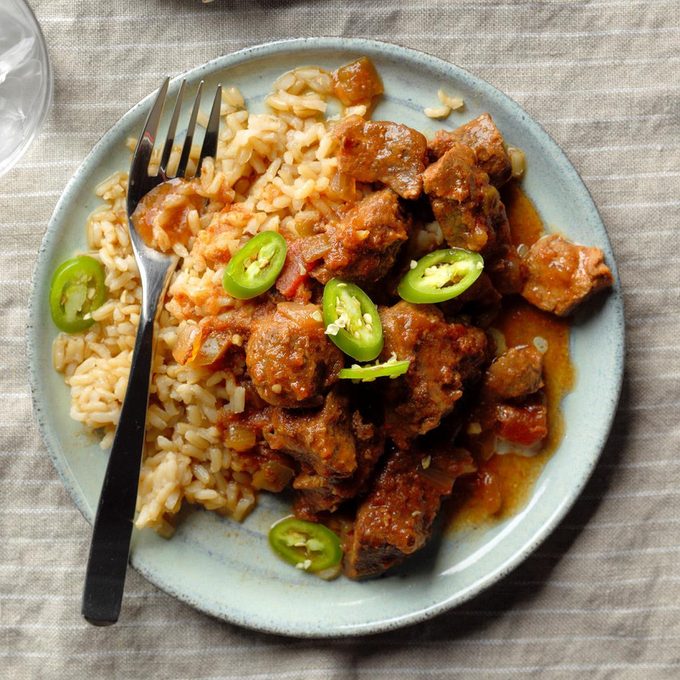

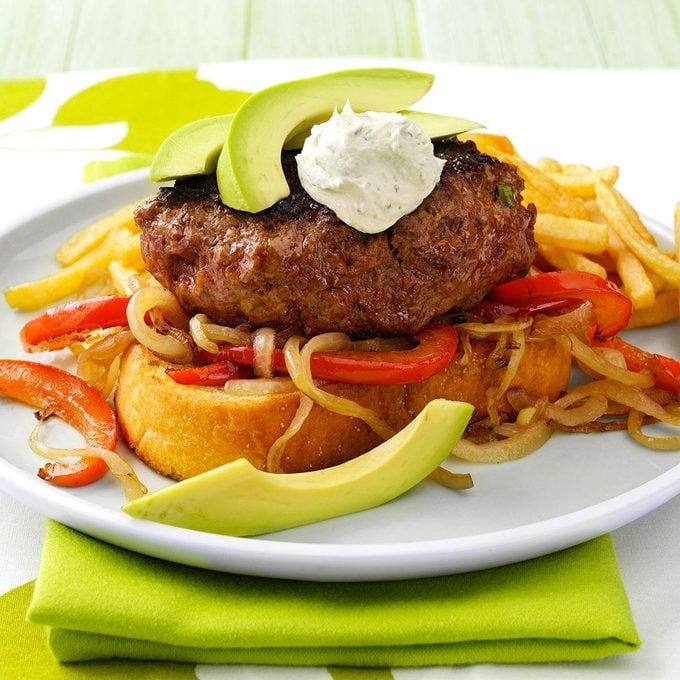




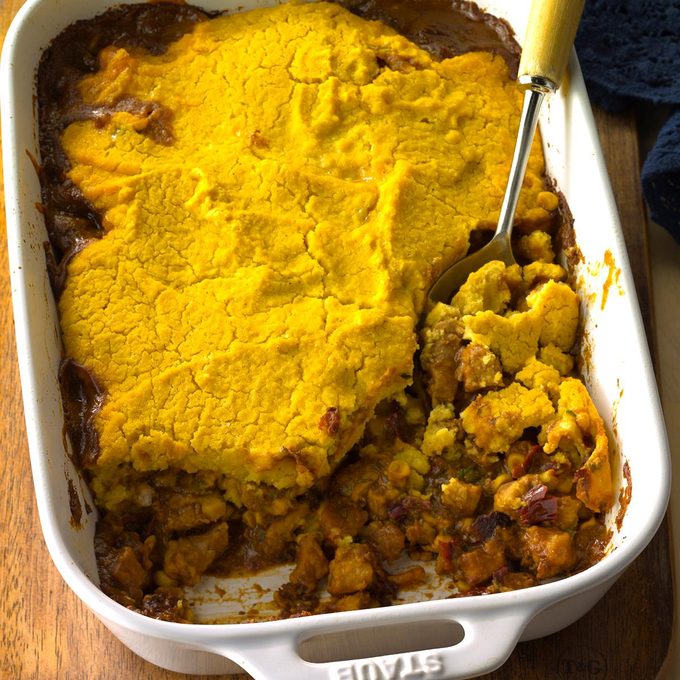
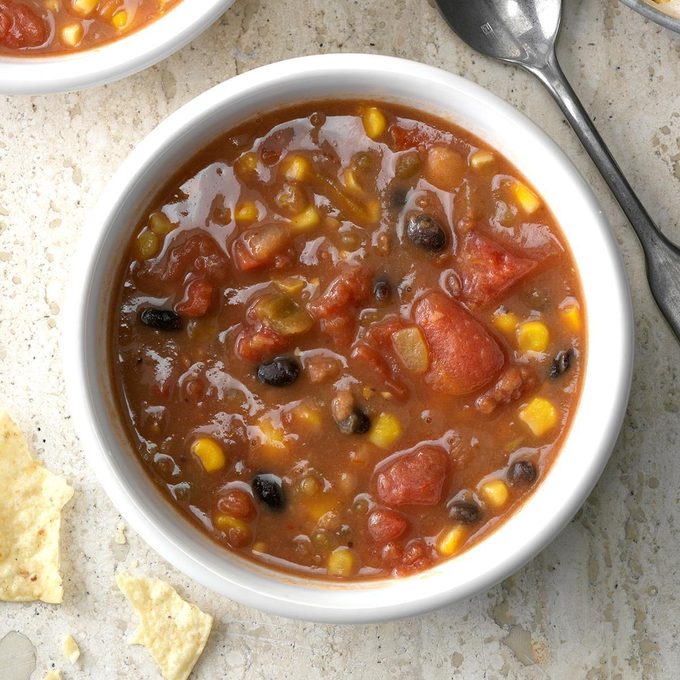
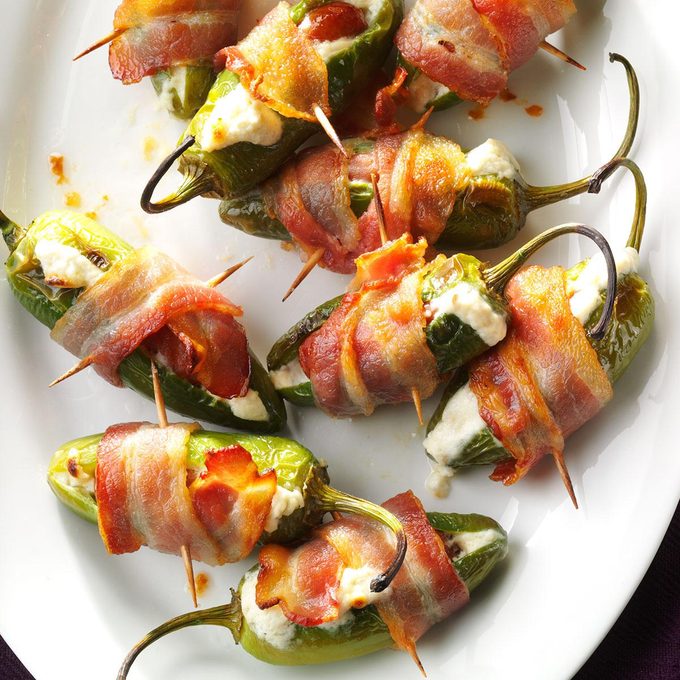
Post a Comment for "How to Grow Hot Peppers: Tips for a Bountiful and Spicy Harvest"